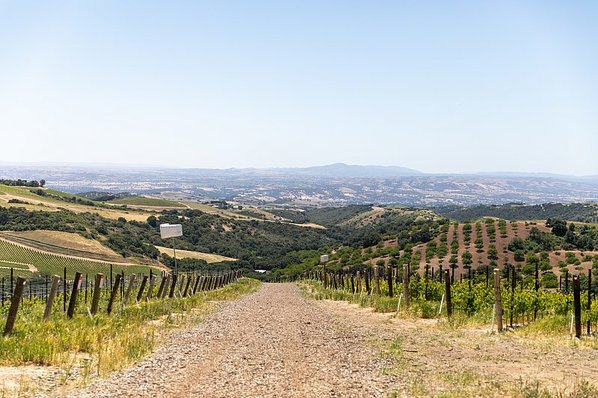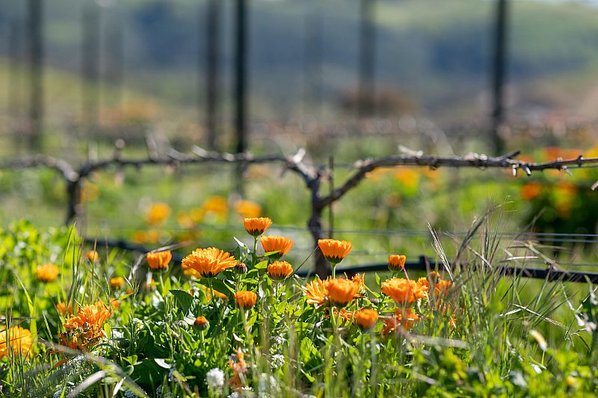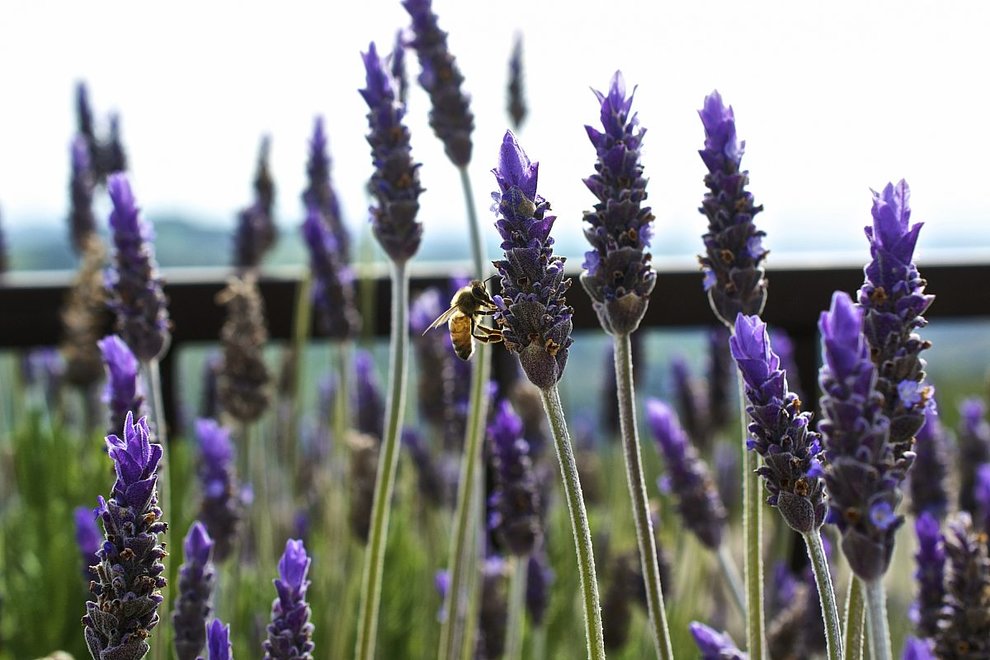The Wondrous Wildlife of DAOU Mountain
“We aim to cultivate an ecosystem that maintains a healthy balance with the wildlife population,” says Winemaker Daniel Daou. “It all begins with farming sustainably.”
When you stand atop DAOU mountain, it is not just the gorgeously cultivated vines and olive trees that catch your eye, but also the rugged coastal wilderness that surrounds the winery and stretches into the vast horizon.
This is the beauty—and in many ways, the soulfulness—behind our wines. They are born not just of the soil, but of the mountain’s greater ecosystem in all of its wild glory.
“We aim to cultivate an ecosystem that maintains a healthy balance with the wildlife population,” says Winemaker Daniel Daou. “It all begins with farming sustainably.”
Indeed, we strive to be guardians and conservators of DAOU Mountain. This includes being committed to multifaceted sustainable practices that have earned our vineyard SIP (Sustainability in Practice) certification, one of the most stringent programs of its kind. Sustainable viticulture ensures that our wines are imbued with natural quality while reinforcing our dedication to responsible stewardship.


We always love seeing native animals on DAOU Mountain, as they fuel our passion for sustainability. The wildlife on and around the mountain include deer, elk, bobcats, mountain lions, bears, foxes, coyotes and wild boars. The skies are frequented by abundant hawks and owls. The Adelaida District is situated amid the coastal Santa Lucia Mountain range, right in between the northern and southern portions of the Los Padres National Forest—so it is no surprise that there are animals aplenty across the region.
A healthy wildlife ecosystem is directly connected to a healthy vineyard—and, by extension, better wines. For example, raptors and owls are a natural force for keeping destructive rodents in check. The presence of beneficial insects helps keep troublesome insects at bay, while bees foster pollination.
“If we are careful to let nature flourish as it should, nature takes care of itself.”
“We talk a lot about the virtues of balance—in our vines and in our wines—and this is something that extends to the animal kingdom,” Daniel says. “If we are careful to let nature flourish as it should, nature takes care of itself.”
Letting nature flourish in the vineyard includes actively fostering opportunities for select wildlife and beneficial insects to proliferate among the vines.
“We have owl boxes and raptor perches in the vineyard, which allow for consistent rodent control without having to resort to pesticides and other toxic materials,” Daniel says. “We also have honeybee hives, bug hotels and cover crops that help promote an abundance of helpful insects.”


Leafhoppers are an example of troublesome insects, as they feed on the sap in grapevine leaves and can cause leaf damage if left unabated. This is why we like to encourage the presence of ladybugs in the vineyard—they come to the rescue by feeding on newly born leafhoppers, providing the most natural solution possible.
Responsible viticulture also includes keeping some wildlife out of the vineyard itself—such as deer and bears, both of which can be tempted to feed on the sweet grapes. It is important that these animals do not become over-adapted to agriculture, while still feeling at home and safe in the wildlands immediately surrounding the vineyard.
The next time you enjoy a glass of DAOU, raise a toast to these magnificent creatures—they are symbols of how our wines are deeply interconnected with the natural world around us.

